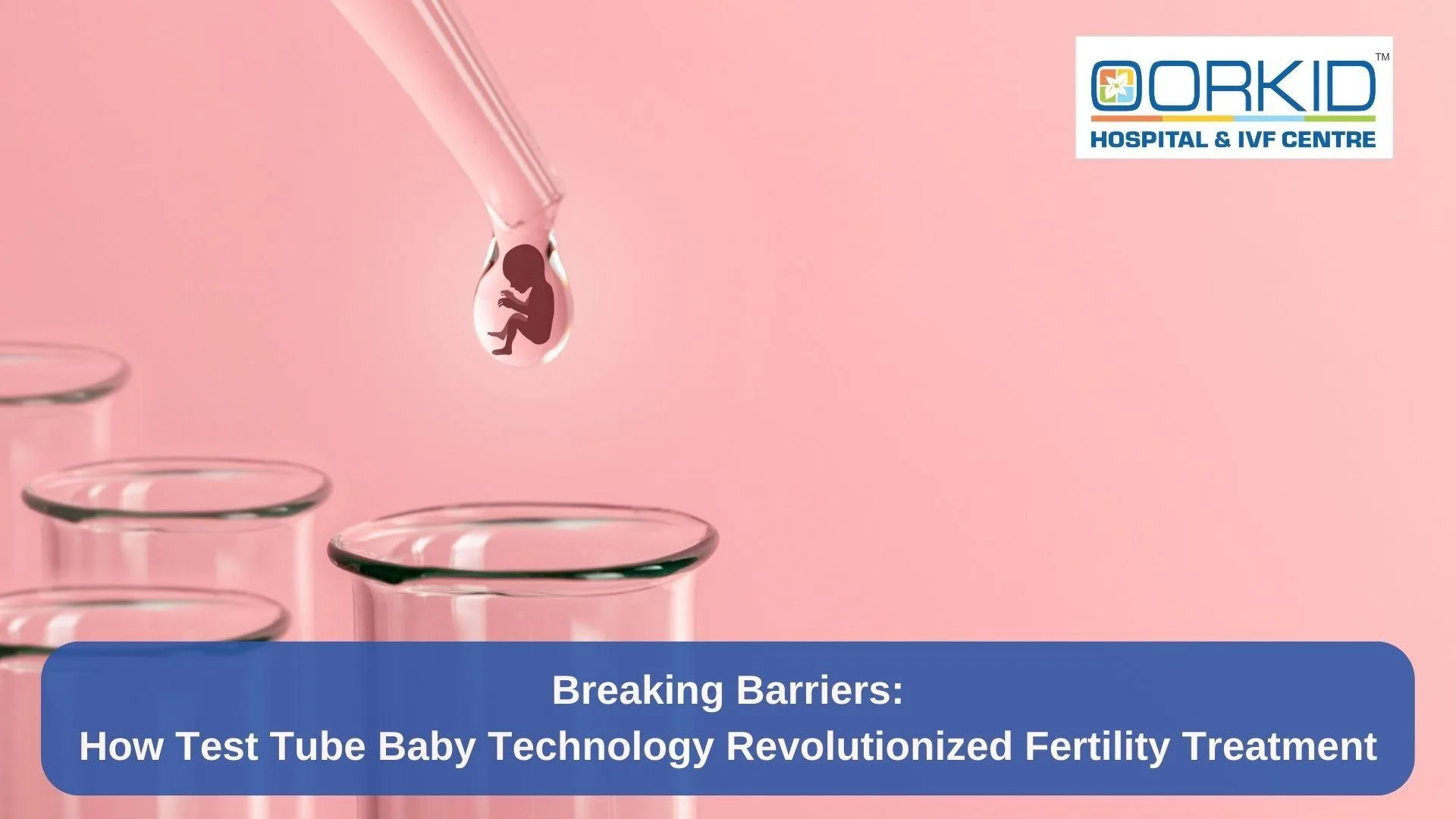How Laparoscopy and Hysteroscopy Can Help You Conceive?
Conditions that affect a woman’s reproductive functions cannot always be diagnosed by history and physical examination alone.
Other diagnostic tests including ultrasound, sonohysterogram or hysterosalpingogram (x-rays) may not provide the answer. In these cases, diagnostic surgeries such as laparoscopy and/or hysteroscopy can be helpful in providing information about infertility and other common gynecological disorders such as endometriosis, pelvic adhesions, abnormal bleeding or pelvic pain. Diagnostic laparoscopy is used to view the outside of the uterus, ovaries, fallopian tubes and internal pelvic area. Diagnostic hysteroscopy is used to view the inside of the uterus.
What are Laparoscopy and Hysteroscopy?
Laparoscopy and hysteroscopy are two minimally invasive surgical procedures doctors use in the diagnosis and treatment of certain female factor infertility conditions. If you have a suspected diagnosis of endometriosis, uterine fibroids, endometrial polyps, uterine anomalies, or for those with a history of pelvic infection, your doctor may use laparoscopy and hysteroscopy alone, or simultaneously, to definitively diagnose and treat these conditions.
With hysteroscopy and laparoscopy, reproductive surgeons can remove scar tissue, clear the fallopian tubes, and remove fibroids, cysts, or endometriosis lesions. They can also correct congenital abnormalities such as uterine septum or adhesions which can cause miscarriage or premature labor.
For more complex conditions like large fibroids and tubal ligation reversal, your doctor may use laparotomy (an open abdominal surgery) or robotic laparoscopy.
Helping you with Conception
Some studies have shown that removing endometrial polyps using hysteroscopy improves fertility and increases pregnancy rates, irrespective of the size or number of the polyps. The recommendation of the American Association of Laparoscopic Surgeons (AAGL) practice guidelines is that any infertile patient with a polyp should have it surgically removed so that natural conception or assisted reproductive technology has a greater opportunity to be successful.
Similarly, a systematic review of the studies looking at uterine fibroids and fertility showed that fertility outcomes are decreased in women with submucosal fibroids (fibroids that bulge into the uterine cavity), and removal appears to be helpful for conception.
Laparoscopy to remove dilated fallopian tubes (hydrosalpinges) has also been shown to improve IVF outcomes by 50 percent, and is highly recommended.
Uncovering the Causes of Infertility
Recent research has shown that laparoscopy can uncover a fertility diagnosis, like endometriosis, in women previously diagnosed with unexplained infertility.
Severe endometriosis can cause scar tissue or distorted pelvic anatomy that can impair fertility. Surgical correction in women with severe (Stage III/IV) endometriosis without any other identifiable infertility factors has been shown to have a positive impact on fertility. For mild cases of endometriosis (Stage I/II), there is some evidence that surgical management may improve outcomes, but it has been estimated that forty laparoscopies would need to be performed in order to gain one additional pregnancy. As such, the American Society for Reproductive Medicine (ASRM) committee opinion suggests that the benefit of laparoscopic treatment of minimal or mild endometriosis is insufficient to recommend laparoscopy solely to increase the likelihood of pregnancy.
Hysteroscopy and laparoscopy are useful tools for the evaluation and treatment of various structural causes of infertility. In some cases, correction of these abnormalities alone will result in spontaneous pregnancy. Hysteroscopy and laparoscopy can also be performed before an in vitro fertilization cycle to improve the chances of success.











